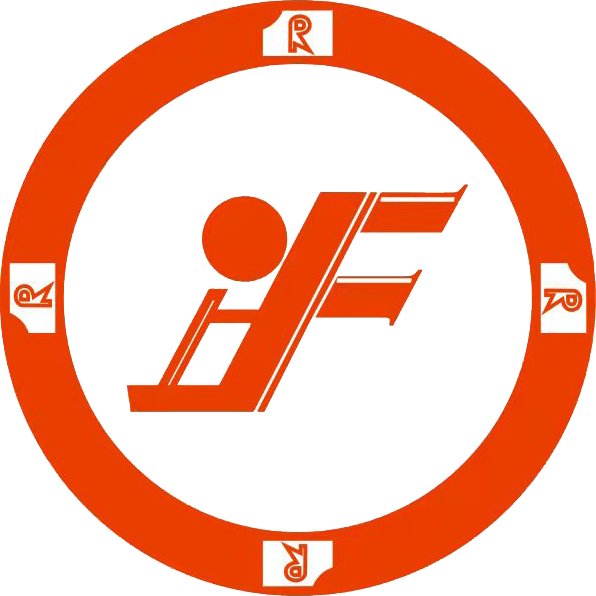Introduction to Mold Components
In the realm of manufacturing, the significance of mold components cannot be overstated. These components serve as the backbone of various industrial processes, particularly in sectors such as automotive, consumer goods, and electronics. In Russia, with its burgeoning manufacturing sector, understanding the integral role of mold components is essential for enhancing productivity and ensuring quality output.
The Role of Mold Components in Manufacturing
Mold components are critical in the process of shaping materials into desired forms. They consist of various parts, each serving a distinct purpose in the manufacturing process. The primary types of mold components include:
Mold Bases: These are the fundamental framework of molds, providing the necessary support and stability during the molding process.
Mold Cavity and Core: The cavity is the interior space where the material is injected, while the core is the part that shapes the interior of the finished product.
Ducts and Cooling Systems: Essential for maintaining optimal temperatures and ensuring the quick solidification of materials, these systems prevent defects resulting from overheating.
Ejector Systems: These components facilitate the removal of molded parts from the cavity without damaging them.
Essential Solutions for the Russian Manufacturing Industry
As the Russian manufacturing industry continues to evolve and expand, the demand for high-quality mold components becomes increasingly critical. Manufacturers must invest in reliable and efficient mold components to remain competitive in both domestic and international markets. Here are some essential solutions:
1. Customization and Adaptability
One of the most effective ways to enhance production efficiency is through customized mold components. By tailoring mold designs according to specific production requirements, manufacturers can significantly reduce waste and improve product quality. Implementing adaptable molds can facilitate quick changes in production lines, catering to varying consumer demands.
2. Continuous Quality Improvement
Integration of advanced materials and technologies is crucial for ensuring the durability and reliability of mold components. Manufacturers in Russia must focus on the continuous improvement of their mold quality through:
Regular maintenance and inspections of existing molds
Investing in new technologies such as CNC machining and 3D printing
Utilizing high-performance materials to withstand wear and tear
3. Cost Efficiency
Reducing production costs while maintaining quality is a constant challenge for manufacturers. By streamlining operations and investing in versatile mold components, Russian manufacturers can achieve:
Lower operational costs through reduced downtime
Improved production rates with efficient molded parts
Minimized needs for frequent replacements or repairs
Key Benefits of High-Quality Mold Components
The advantages of utilizing high-quality mold components extend beyond initial investment costs. Key benefits include:
Enhanced Product Quality: High-grade mold components deliver precision in production, resulting in superior finished products.
Increased Production Efficiency: Efficient molds lead to faster cycle times and greater output volumes.
Longer Lifespan of Molds: Investing in quality can reduce the frequency of replacements, saving costs in the long run.
Conclusion
In conclusion, mold components are vital to the manufacturing landscape in Russia. To thrive in an increasingly competitive environment, manufacturers must not only prioritize the quality of these components but also seek innovative solutions tailored to their unique production needs. By embracing customization, continuous quality improvements, and cost-efficient solutions, the Russian manufacturing industry can enhance its operational efficacy and foster economic growth.
Frequently Asked Questions (FAQ)
1. What are mold components used for in manufacturing?
Mold components are used to shape and form materials into specific designs. They are critical in processes like injection molding, where molten material is injected into molds to create various products.
2. How can I improve the quality of my molds?
Improving the quality of molds can be achieved through regular maintenance, investing in high-performance materials, and adopting advanced manufacturing technologies.
3. Are customized mold components worth the investment?
Yes, customized mold components can drastically improve production efficiency and product quality, making them a worthwhile investment for manufacturers aiming to reduce costs and waste.
Mold Components Essential Solutions for the Russian Manufacturing Industry
